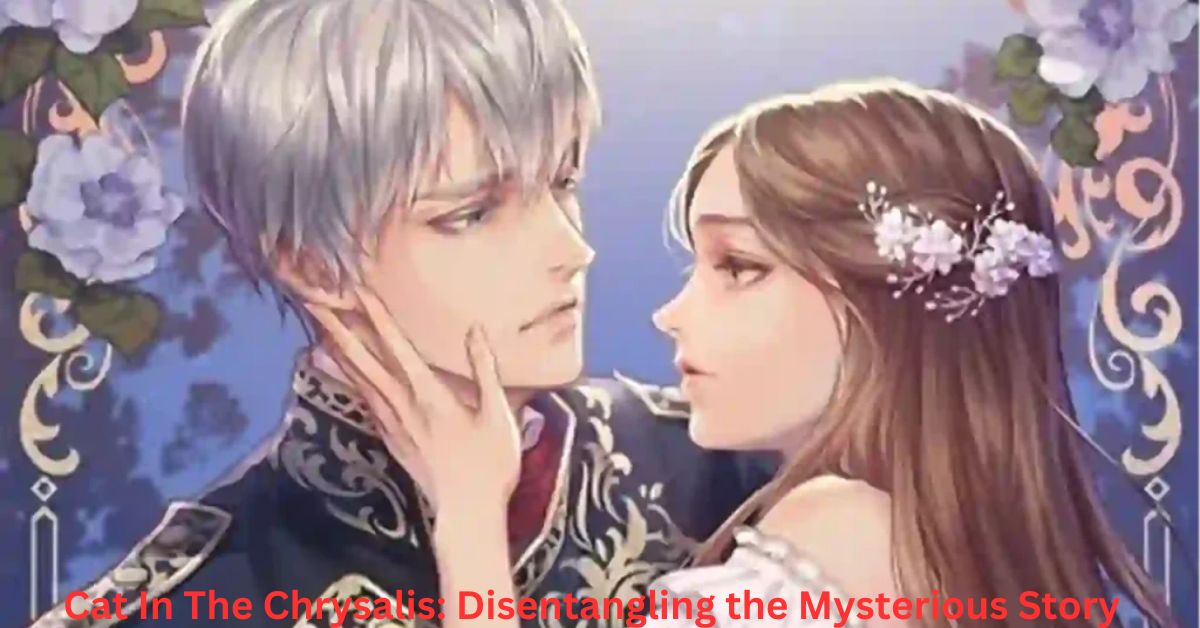In the vast landscape of contemporary literature, few works have managed to captivate readers and critics alike quite like “Cat In The Chrysalis.”
This enigmatic tale weaves a tapestry of mystery, transformation, and philosophical inquiry that has left audiences spellbound since its publication.
At its core, the story follows the journey of an ordinary feline as it undergoes an extraordinary metamorphosis within the confines of a chrysalis, blurring the lines between reality and fantasy.
As we embark on the task of unraveling this complex narrative, we find ourselves drawn into a world where the boundaries of consciousness expand, and the nature of existence itself is called into question.
“Cat In The Chrysalis” is not merely a story to be read, but an experience to be lived, challenging our perceptions and inviting us to explore the depths of our own understanding of the world around us.
Presentation
In the realm of contemporary literature, few works have captured the imagination and intrigue of readers quite like “Cat In The Chrysalis.” This enigmatic tale has woven its way into the fabric of popular culture, leaving readers spellbound and critics in awe.
At its core, the story is a labyrinth of mysteries, each turn revealing new layers of complexity and depth. The narrative follows the journey of a seemingly ordinary feline protagonist as it undergoes a transformative experience, both literal and metaphorical, within the confines of a chrysalis.
As we delve into the intricacies of this captivating story, we find ourselves drawn into a world where reality blurs with fantasy, and the boundaries between human and animal consciousness become increasingly porous.
The author’s masterful storytelling techniques and rich symbolism have created a work that resonates on multiple levels, inviting readers to explore themes of metamorphosis, identity, and the nature of consciousness itself.
Plot Outline
The story of “Cat In The Chrysalis” unfolds in a series of non-linear chapters, each offering a glimpse into different facets of the protagonist’s journey. The narrative begins with the cat, whose name remains a mystery throughout the tale, stumbling upon an abandoned chrysalis in a forgotten corner of an overgrown garden.
Drawn by an inexplicable force, the cat enters the chrysalis, initiating a profound transformation that serves as the catalyst for the entire story.
As the cat undergoes its metamorphosis, readers are taken on a journey through its memories, dreams, and newfound perceptions. The chrysalis becomes a conduit for the cat’s exploration of its own psyche, as well as a window into the lives of the humans it has encountered throughout its existence.
Through these fragmented glimpses, a larger narrative begins to take shape, hinting at a cosmic significance to the cat’s transformation.
The plot weaves together elements of magical realism, philosophical inquiry, and psychological drama. As the cat’s consciousness expands, it gains insights into the interconnectedness of all living beings and the hidden threads that bind the fabric of reality. The story culminates in a mind-bending finale that challenges readers’ perceptions and leaves them questioning the nature of existence itself.
Character Advancement
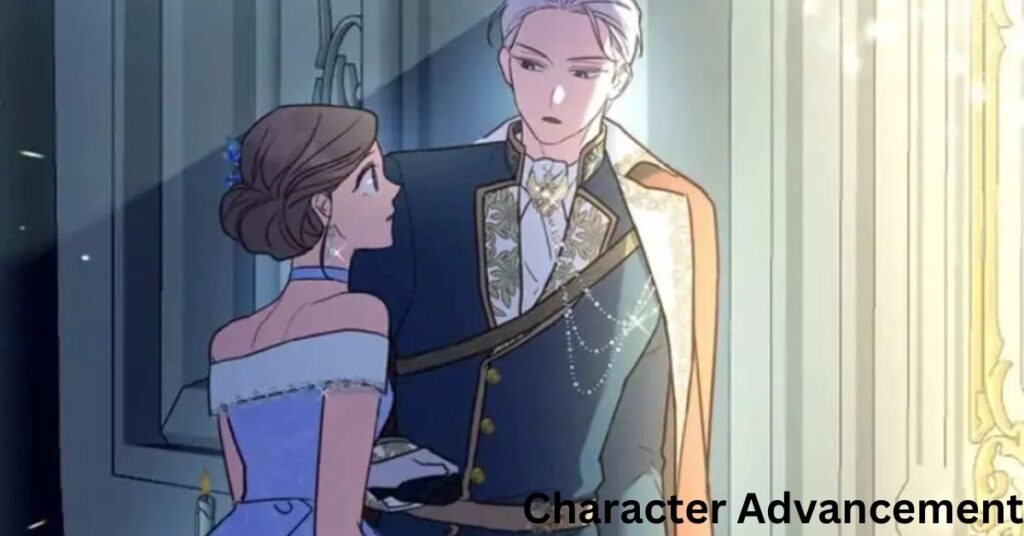
At the heart of “Cat In The Chrysalis” lies the compelling character development of its feline protagonist. As the cat undergoes its transformation, readers witness a profound evolution in its consciousness, personality, and understanding of the world.
The once aloof and instinct-driven creature gradually develops a heightened awareness and emotional depth that blurs the line between animal and human cognition.
Supporting characters, both human and animal, play crucial roles in shaping the cat’s journey. The elderly woman who once cared for the cat serves as a touchstone to its past, while a wise old owl becomes a spiritual guide during the cat’s metaphysical wanderings.
Each character encountered by the cat offers a unique perspective on life, death, and the nature of reality, contributing to the protagonist’s growing wisdom.
One of the most intriguing aspects of the character development is the way in which the cat’s expanding consciousness allows it to perceive and interact with the inner lives of humans.
This unique vantage point provides readers with profound insights into human nature, as seen through the unbiased eyes of a creature straddling the line between two worlds.
Account Design and Narrating
The author’s approach to storytelling in “Cat In The Chrysalis” is nothing short of revolutionary. Employing a non-linear narrative structure, the story jumps between past, present, and possible futures, mirroring the cat’s disjointed experiences within the chrysalis.
This fragmented approach serves to disorient readers, immersing them in the protagonist’s confusion and wonder as it navigates its transformation.
The narrative voice shifts throughout the story, alternating between third-person omniscient passages that provide a broader context, and first-person stream-of-consciousness segments that plunge readers directly into the cat’s expanding mind.
This technique allows for a deeply immersive experience, enabling readers to empathize with the protagonist’s journey on a visceral level.
Language plays a crucial role in the storytelling, with the author employing a rich tapestry of sensory descriptions and poetic prose to convey the cat’s altered perceptions. As the story progresses, the language becomes increasingly abstract and metaphorical, reflecting the protagonist’s evolving understanding of reality.
Influence on Mainstream culture
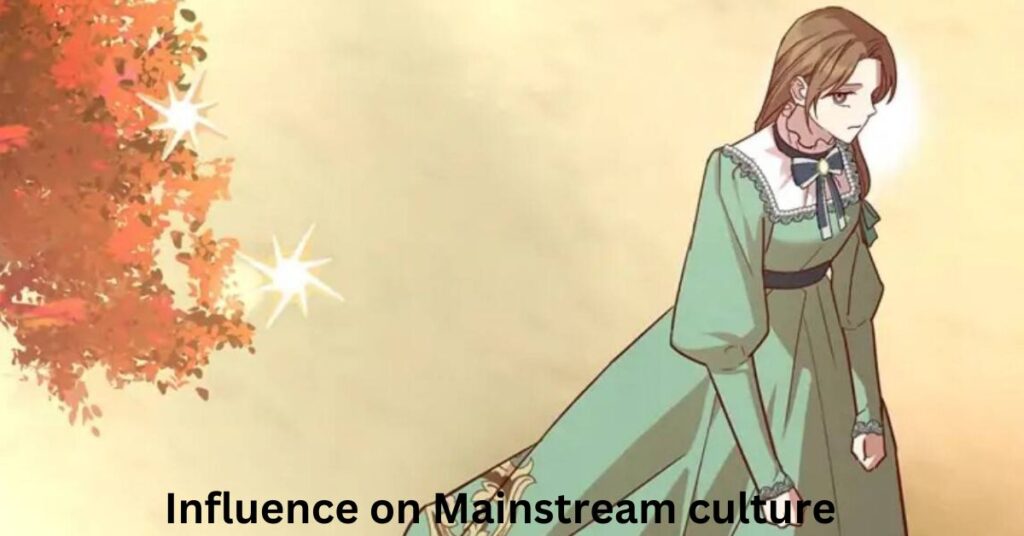
Since its publication, “Cat In The Chrysalis” has left an indelible mark on popular culture, sparking conversations and inspiring creative works across various mediums.
The book’s thought-provoking themes and innovative storytelling have resonated with readers worldwide, leading to its translation into numerous languages and adaptation into other forms of media.
The story’s impact can be seen in the surge of animal-centric narratives in literature and film, with many works exploring themes of consciousness and perception from non-human perspectives.
Artists and musicians have drawn inspiration from the vivid imagery and philosophical concepts presented in the book, creating works that seek to capture the essence of the cat’s transformative journey.
In academic circles, “Cat In The Chrysalis” has become a subject of study in fields ranging from literary criticism to philosophy and cognitive science.
The book’s unique exploration of consciousness and reality has sparked debates and research into the nature of animal cognition and the potential for interspecies communication.
Fan Hypotheses and Peruser Commitment
The enigmatic nature of “Cat In The Chrysalis” has given rise to a vibrant community of fans dedicated to unraveling its mysteries. Online forums and social media groups buzz with discussions and debates about the story’s hidden meanings and potential interpretations.
Readers share their personal theories, analyzing every detail of the narrative in search of clues that might shed light on the deeper truths embedded within the text.
One popular theory suggests that the entire story is an allegory for human spiritual awakening, with the cat’s journey representing the soul’s evolution through various states of consciousness.
Others posit that the chrysalis is a metaphor for technological singularity, with the cat’s transformation symbolizing humanity’s potential merger with artificial intelligence.
The author’s deliberate ambiguity has fueled this engagement, encouraging readers to bring their own experiences and interpretations to the story. This open-ended approach has resulted in a living, breathing work that continues to evolve with each new reader’s perspective.
The Job of Spoilers and Media Collaboration
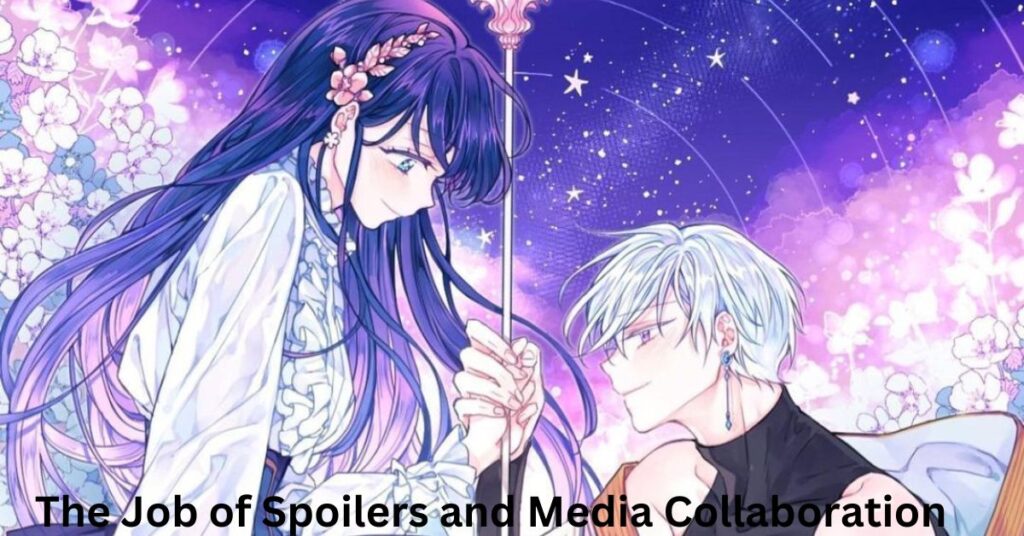
In the age of social media and instant communication, “Cat In The Chrysalis” has faced unique challenges and opportunities in terms of preserving its mysteries. The author and publishers have taken an unconventional approach to marketing and media engagement, carefully controlling the release of information to maintain the story’s enigmatic allure.
Readers have formed a tacit agreement to avoid sharing spoilers, recognizing that the joy of discovery is integral to the experience of the book. This collective effort to preserve the story’s secrets has created a sense of camaraderie among fans and has contributed to the longevity of discussions surrounding the work.
Media adaptations of “Cat In The Chrysalis” have faced the challenge of translating its abstract concepts and non-linear narrative to visual mediums.
Collaborations between the author and filmmakers, artists, and game developers have resulted in innovative interpretations that complement rather than replace the original text, expanding the story’s universe while maintaining its core mystery.
Imagery Profound Plunge
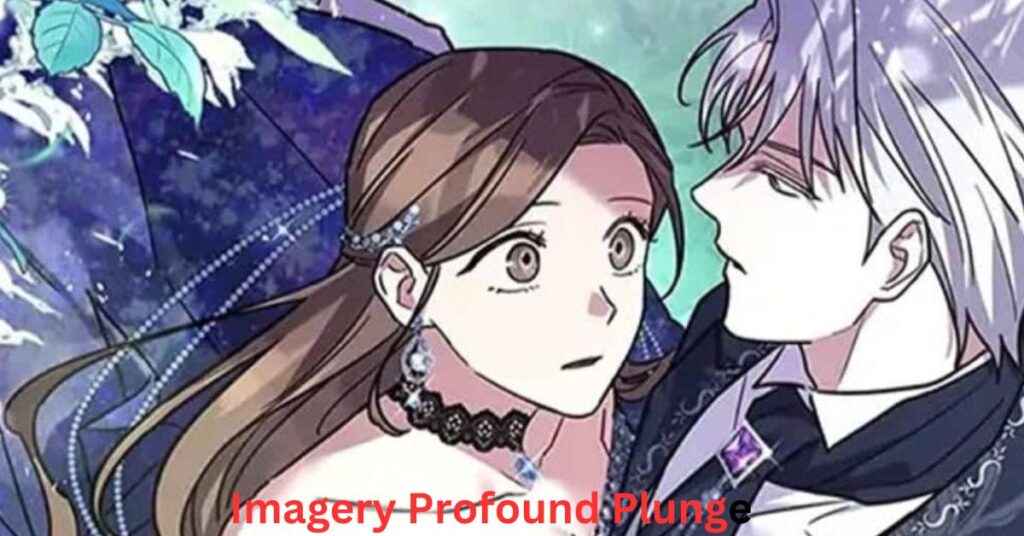
The rich symbolism employed in “Cat In The Chrysalis” provides fertile ground for analysis and interpretation. The chrysalis itself serves as a powerful metaphor for transformation and rebirth, echoing mythological and spiritual concepts from various cultures.
The cat’s journey through this cocoon-like state mirrors the hero’s journey archetype, with each stage of its transformation representing a step towards enlightenment.
Nature imagery plays a significant role in the story, with the garden setting symbolizing both paradise and the wild, untamed aspects of consciousness.
The various animals encountered by the cat throughout its journey each represent different facets of existence, from the wise owl embodying ancient knowledge to the playful squirrels representing the joy of living in the present moment.
The concept of time is another crucial element in the story’s symbolism. The non-linear narrative and the cat’s ability to perceive past, present, and future simultaneously challenge readers’ perceptions of temporal reality, suggesting a more fluid and interconnected understanding of existence.
Conclusion
“Cat In The Chrysalis” stands as a testament to the power of storytelling to challenge our perceptions and expand our understanding of the world around us.
Through its innovative narrative techniques, profound philosophical explorations, and rich symbolism, the book has carved out a unique place in contemporary literature.
The story’s enduring appeal lies in its ability to speak to the universal human experience of transformation and self-discovery, while simultaneously pushing the boundaries of what is possible in narrative fiction.
As readers continue to engage with and interpret the text, “Cat In The Chrysalis” remains a living, evolving work that invites us to question our assumptions and explore the depths of consciousness.
In a world that often feels fragmented and disconnected, this mysterious tale reminds us of the interconnectedness of all things and the potential for growth and transformation that lies within each of us. Like the cat in its chrysalis, we too are on a journey of becoming, forever changed by the stories we encounter and the perspectives we gain along the way.
FAQ’s
What genre does “Cat In The Chrysalis” belong to?
The book blends elements of magical realism, philosophical fiction, and psychological drama.
Are there plans for a sequel to “Cat In The Chrysalis”?
The narrative alternates between third-person omniscient and first-person stream-of-consciousness from the cat’s perspective.
The author has not announced any plans for a sequel, preferring to let the story stand on its own.
How has the book been received by critics?
Critics have praised the book’s innovative storytelling and profound themes, though some have found its non-linear structure challenging.
Is “Cat In The Chrysalis” suitable for young readers?
While not explicitly written for children, the book’s themes and complexity make it more appropriate for mature readers.

Genesis Lorara, an esteemed writer and instructor with over five years of dedicated experience, brings insightful wisdom to “themartialartstips” website. With a deep-rooted passion for various fields, Genesis shares invaluable insights, techniques, and perspectives honed through years of practice and teaching, enriching the community with expertise and guidance across categories such as biography, headlines, business, information, blog, entertainment, and lifestyle.
Genesis Lorara, an esteemed writer and instructor with over five years of dedicated experience, brings insightful wisdom to “themartialartstips” website. With a deep-rooted passion for various fields, Genesis shares invaluable insights, techniques, and perspectives honed through years of practice and teaching, enriching the community with expertise and guidance across categories such as biography, headlines, business, information, blog, entertainment, and lifestyle.
